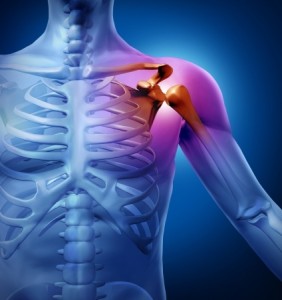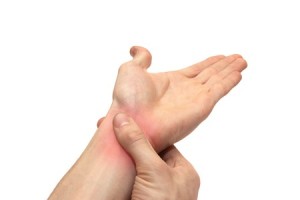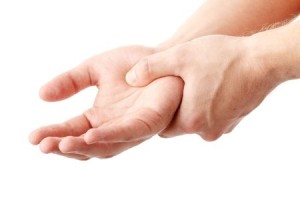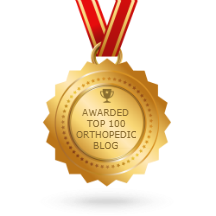Arthroscopic Elbow Surgery
Arthroscopic elbow surgery is a minimally invasive procedure used in the treatment of common elbow conditions that do not respond to non-surgical treatments. Arthroscopic elbow surgery can be used for a wide range of elbow conditions, and can be performed in an outpatient setting. Dr. Howard Marans provides the top treatment for elbow conditions in Los Alamitos, CA.
Uses
In general, physicians only recommend surgical treatment for elbow problems if the elbow condition is causing pain and has not responded to nonsurgical treatments. Methods such as rest, medication, and physical therapy are often sufficient to alleviate symptoms.
Elbow arthroscopy is most useful for treating conditions that damage the cartilage surfaces of the joint, as well as the soft tissues that surround the joint. It can also be used to remove scar tissue, loose bone, or loose cartilage.
Some uses of arthroscopic elbow surgery include:
- Treatment of tennis elbow
- Release of scar tissue, which improves range of motion
- Treatment of osteoarthritis
- Treatment of rheumatoid arthritis, an autoimmune disorder
- Treatment of osteochondritis dissecans, a sports injury most common in gymnasts and throwers
- Removal of loose cartilage and bone fragments
Other procedures must be performed using open joint surgery, the more traditional manner. Treatment of golfer’s elbow, internal fixation, and elbow joint replacement are examples of procedures which must be done using open joint surgery.
How it Works
 During elbow arthroscopy, the surgeon makes one or more small incisions near the elbow. Through one incision, a tiny camera known as an arthroscope is inserted. The camera records a high-quality video of the inside of the joint, which is displayed on a screen in an operating room. Through the other incisions, the physician inserts the tools that are used to perform the procedure.
During elbow arthroscopy, the surgeon makes one or more small incisions near the elbow. Through one incision, a tiny camera known as an arthroscope is inserted. The camera records a high-quality video of the inside of the joint, which is displayed on a screen in an operating room. Through the other incisions, the physician inserts the tools that are used to perform the procedure.
Elbow arthroscopy is usually performed in an outpatient setting, not in a hospital. Patients are placed under local anesthesia and sedation, and can return home within several hours of the procedure.
What to Expect
The recovery from arthroscopic elbow surgery takes several weeks in most cases. The first few days after surgery are the most uncomfortable. During this time, pain medication may be prescribed. The doctor will also prescribe movements that should be done to restore function to the elbow and arm, as well as limitations on movement.
The risk of side effects from arthroscopic surgery is low, and most side effects are mild. As part of the discharge from the clinic, patients will receive detailed information on side effects to look out for and when to call a physician.
Dr. Howard Marans would be happy to meet with you about whether arthroscopic elbow surgery is right for your elbow condition. To schedule a consultation today, please call OC Orthopedic at 714.979.8981 or click below and enter your information and we will get back to you as soon as possible.











